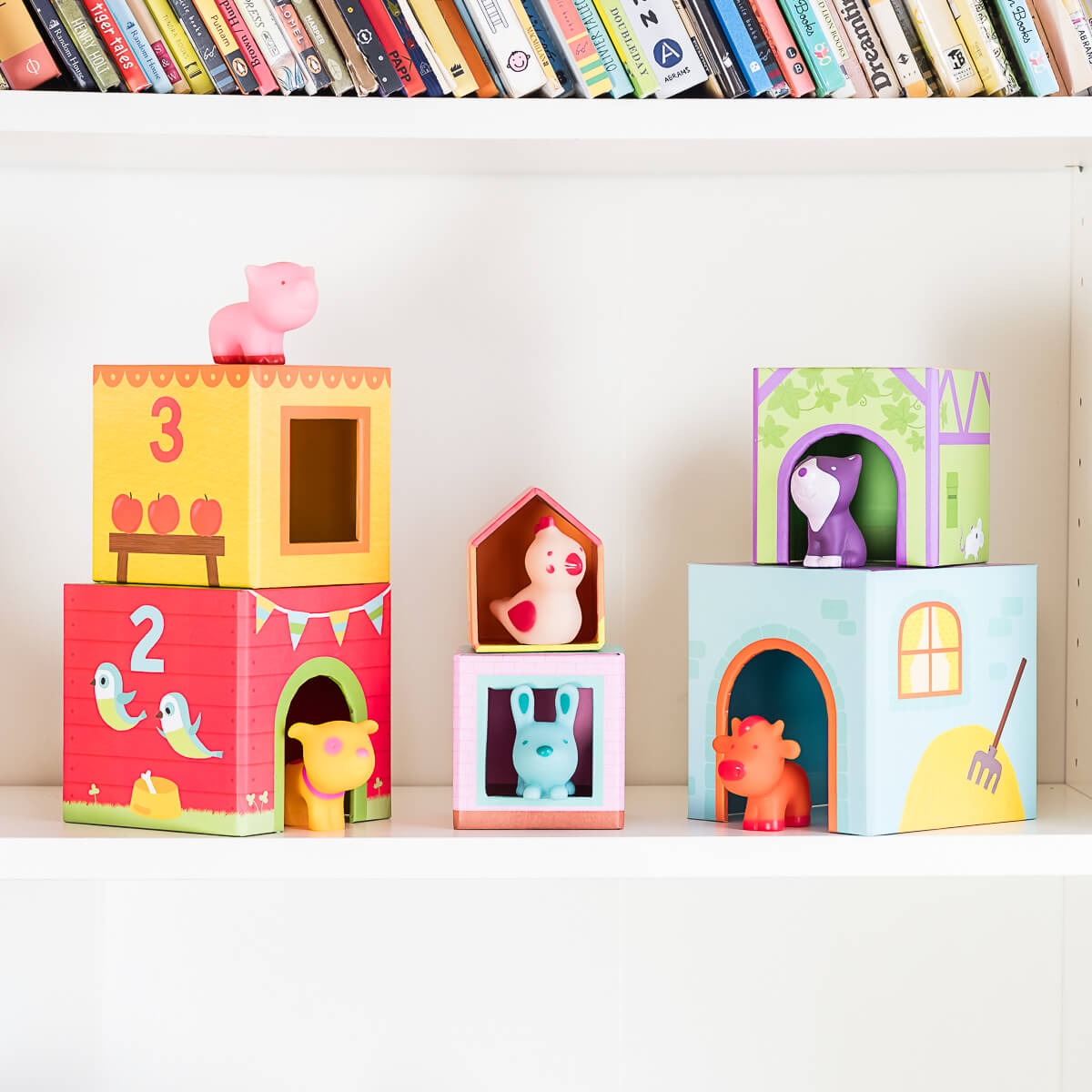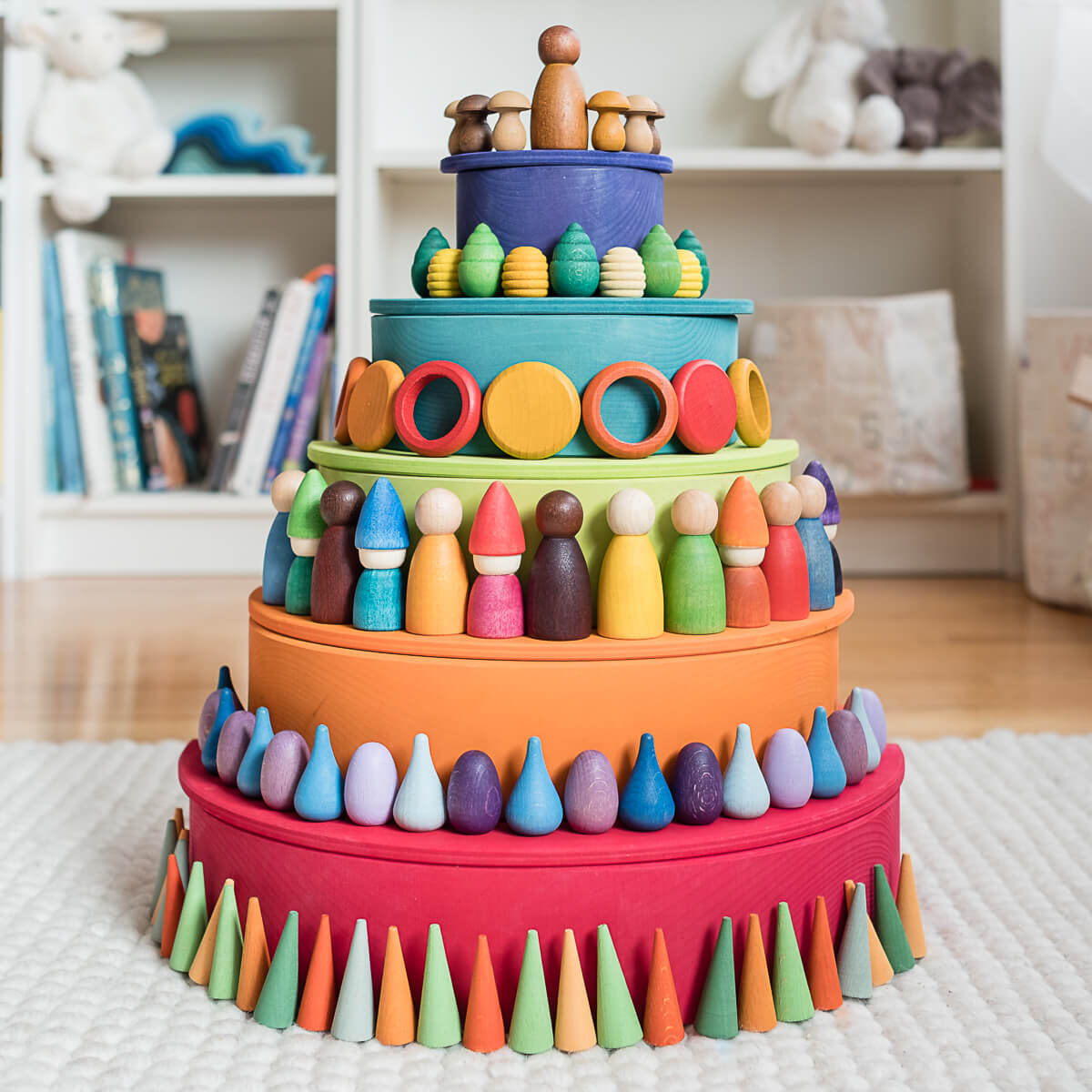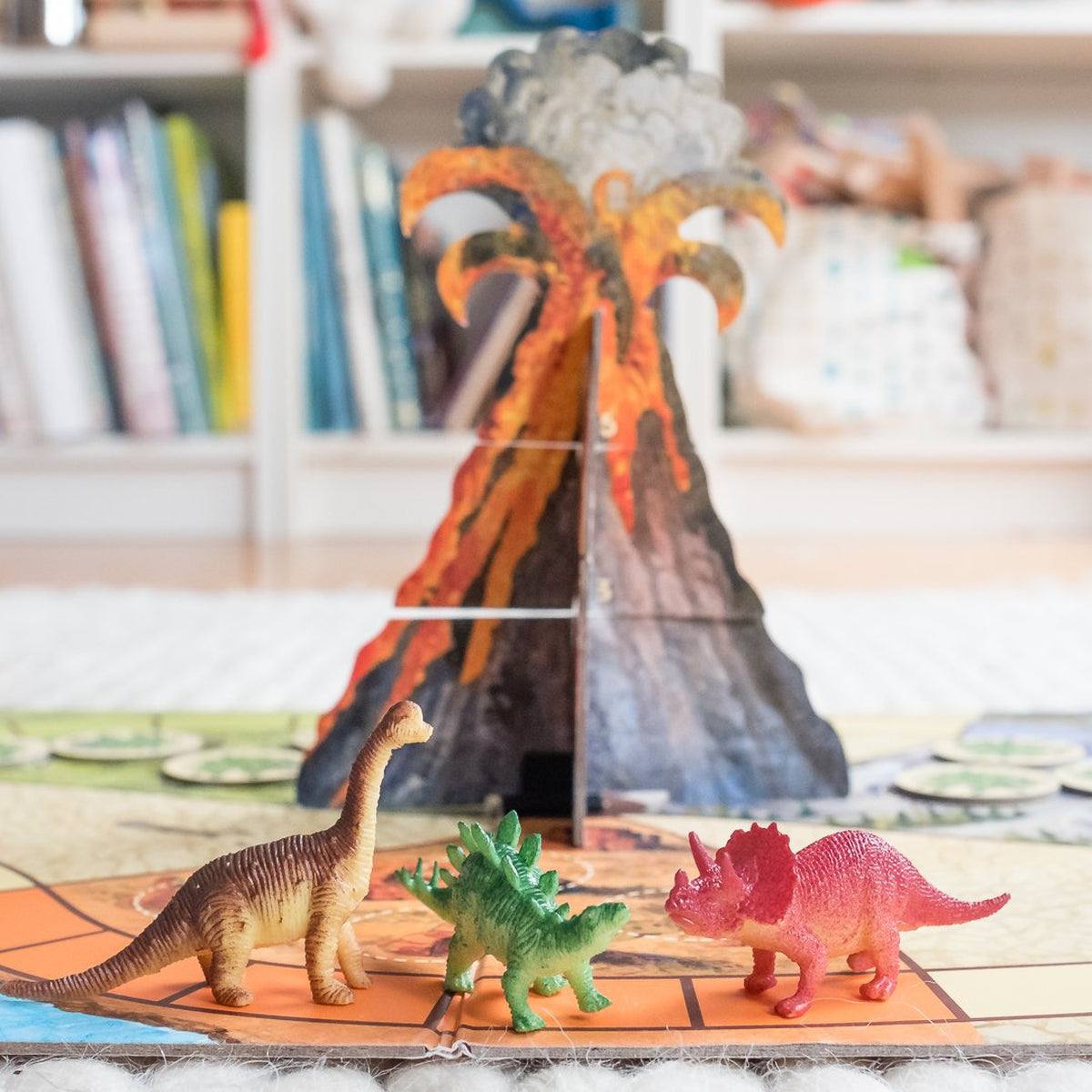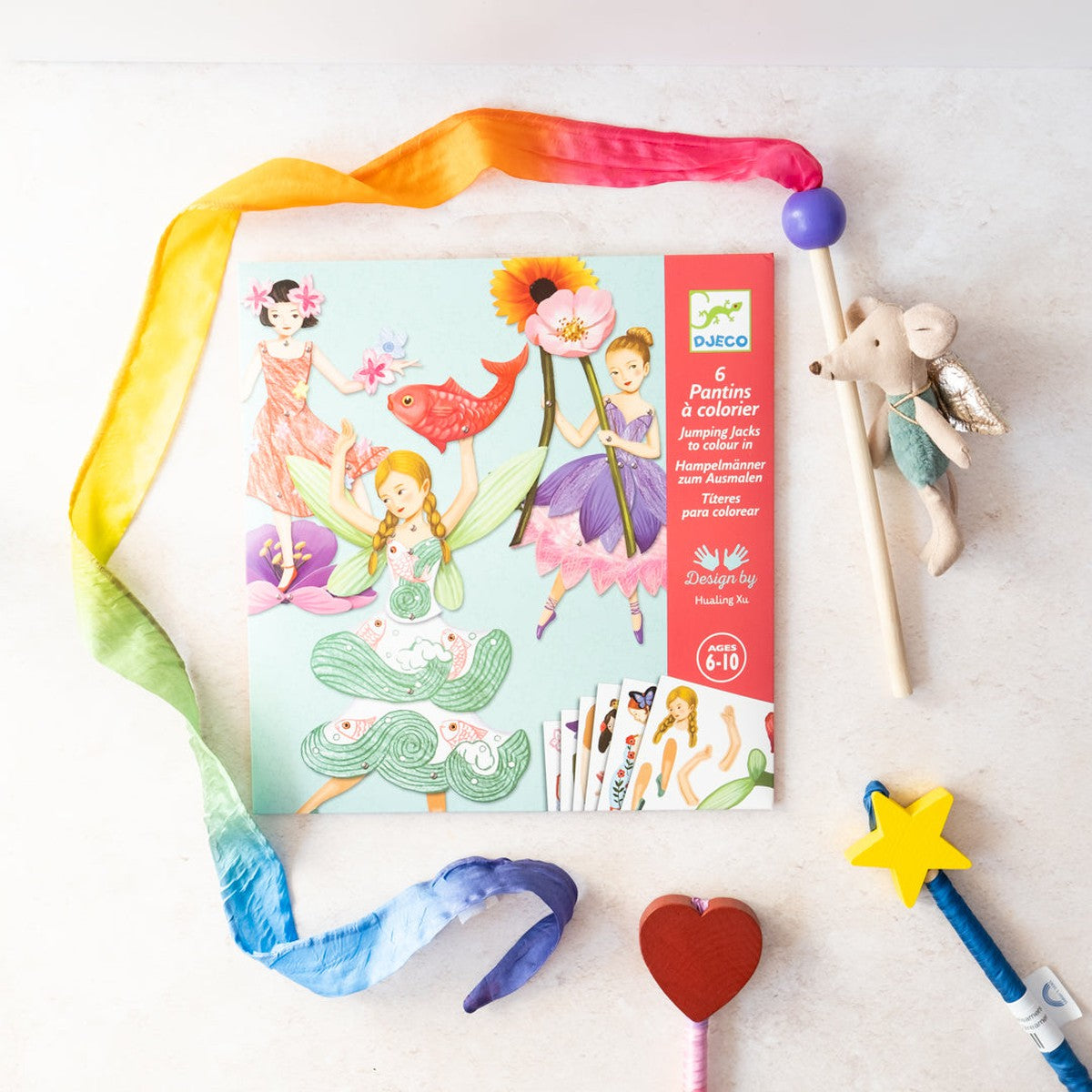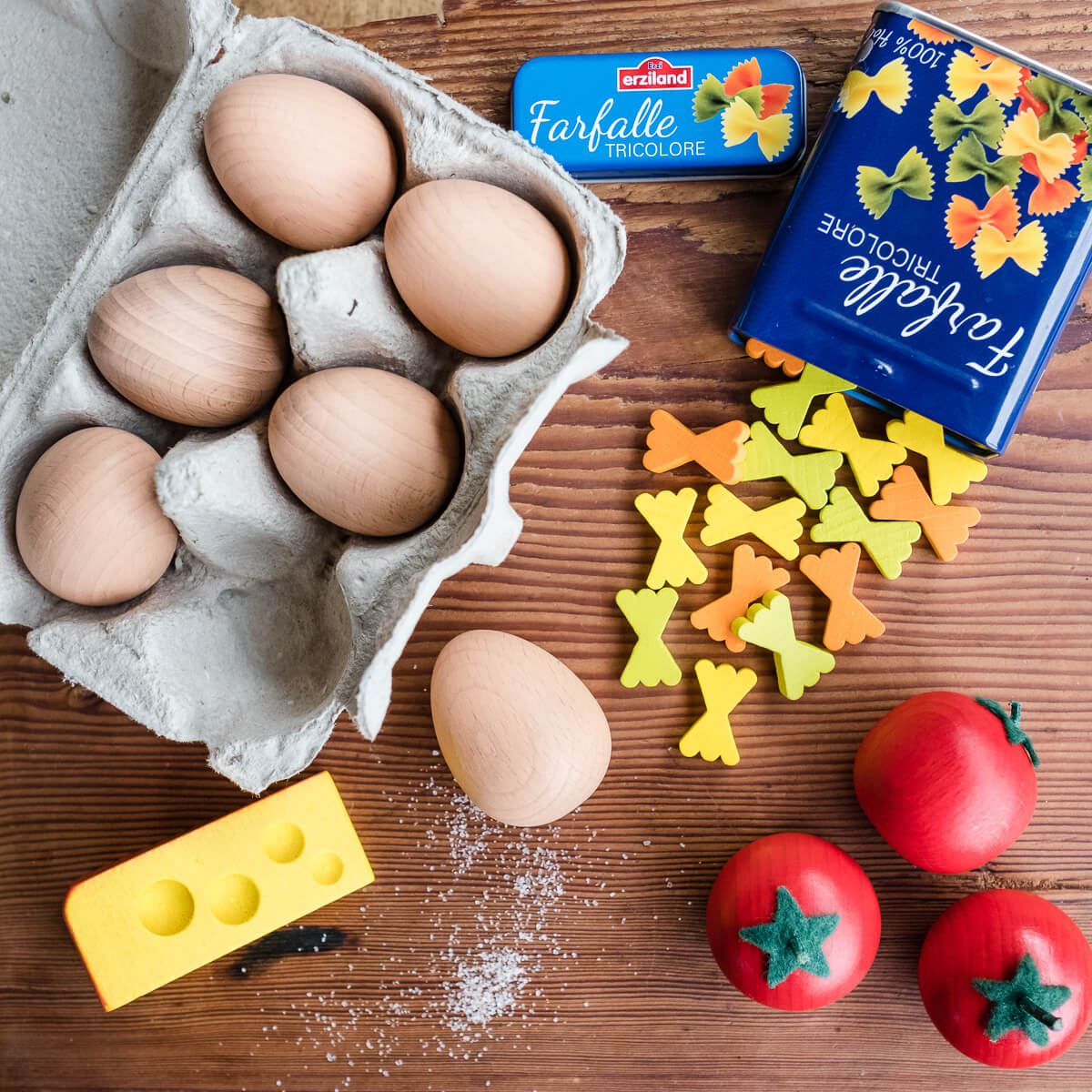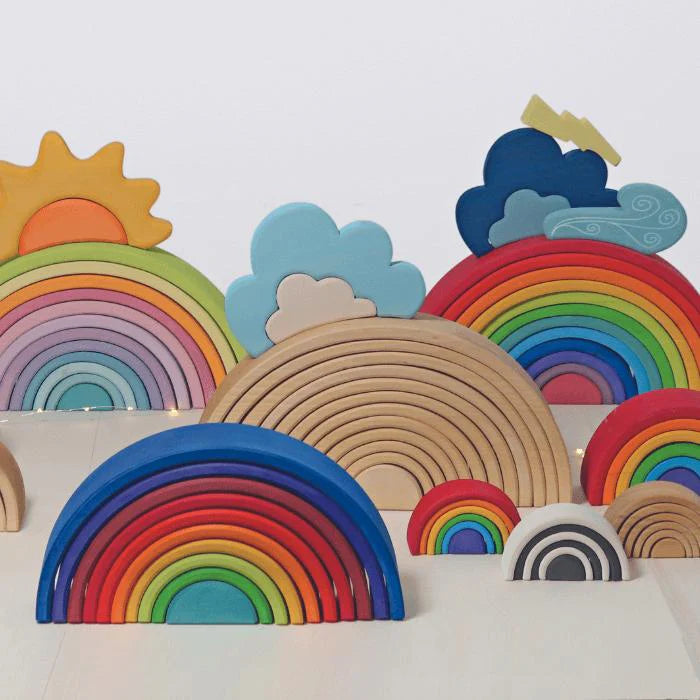Of all the skills we hope our kids learn to possess in spades, Emotional Intelligence may top the list.
We’re going to give a brief overview of all you need to know to make this skill a part of your kids toolbox. We’ll talk about:
-
What emotional intelligence is.
-
Why emotional intelligence is important for your kid’s development.
-
Simple, free things you can do with your child to promote emotional intelligence.
-
Toys that are remarkable tools for developing emotional intelligence.
1. What exactly is emotional intelligence?
There are a lot of ways to define it, but essentially it's:
- regulating personal emotions as well as responding to others' emotions
- understanding the variety and depth of human emotions
- understanding the impact we can have on other peoples’ feelings
2. Why is it so important?
Honestly, people write whole books on this topic, but in a nutshell emotional intelligence is essential to living a full, happy life. It helps kids develop stronger relationships with friends and loved ones. It helps kiddos work as part of a team and contribute to their society.
Emotional intelligence contributes to mental health by reducing stress. Studies have shown that in high stress environments, high emotional intelligence can create a buffer that strengthens the brain against psychological stressors.
It even relates to job performance and success later in life. Statistics have shown a 90% correlation between high emotional intelligence and high performance. Emotional intelligence impacts a child’s future career potential, job progression, and rate of pay by helping them to understand and work well with their future supervisors and employees.

3. Some simple, free things you can do with your child to develop emotional intelligence.
- Increase their emotional vocabulary. Look for opportunities to name emotions. In books you read together talk about how the characters might be feeling. Tell your child how you felt frustrated at work today because you couldn't find your keys when it was time to go. I love telling my son about the day he was born and all the different emotions I felt that day. Look for places to point out the nuances between similar emotions (like happy, ecstatic, pleased).
- Talk about the mood or feeling of different places you go with your child. The library is peaceful. Day care is busy! What does your home feel like around breakfast vs how it feels as you all snuggle into bed?
- Show them that all of their emotions are healthy and should be freely expressed, not hidden away. Acknowledge and empathize with how they feel. Kids learn empathy by experiencing it from others. Let them express themselves and don't attempt to distract or ignore a kiddo's feelings. We spend a lot of time at home talking about how any emotion is ok (anger, sadness, happiness, confusion) but how we behave has rules. It's ok to be angry, but not to hit for example. Just because you empathize and validate your child's feelings, it doesn't mean you are a push over or let them behave any way they want. "I understand it's hard to leave when you're having so much fun, but we have to get going now so I have time to make dinner".
- Find quiet times to talk to your kids about emotions. I find that if I try to talk to my son about his feeling after he has a big emotional outburst, he won't say much. But if I wait until he's calmed down and we've cuddled up to read a story and THEN ask him about how he was feeling when he was so upset, he'll tell me a lot more about what was going through his mind.
4. Awesome toys that can increase emotional intelligence.
Stuffed animals and dolls. Kids naturally practice nurturing and empathy with these soft pals. We especially love Jellycat, Maileg and Baby Stella (a baby doll that's soft and cuddly). Read more about the benefits of stuffed animals and dolls.
Art supplies make it easy for kiddos to express themselves non verbally. They can fill the page with scribbles when their frustrated or paint a sweet scene when feeling serene. Asking questions about what they are drawing and why help kids define the feelings behind their art as well as give you clues to how they're feeling about something.
Play figures for acting out stories and talking about how each figure character might be feeling. We especially like Calico Critters families for talking about family dynamics. Read more about the benefits of figures.
Petit Collage feelings memory game. This is an excellent emotions primer for younger kiddos. Practice reading facial expressions is super helpful when learning about the many emotions humans experience.
Watch This Face by Eeboo encourages children to recognize facial expressions and match them to the physical or emotional situations that would trigger these feelings.
Cooperative games like Count Your Chickens from Peaceable Kingdom. When kids play cooperatively and use cooperative skills including listening and sharing, they learn beneficial relationship skills that will help them be good at teamwork and collaborating with others in the real world.
Books always have a variety of characters and emotional states to talk about. I love A Sick Day For Amos McGee for a tender look at friendship and how we can show up for our friends when they need our support.
Dress up is a fun and exciting way to explore other people's or animals points of view. This is great empathy training since the child is trying to BE someone else for a short while. They can act out all kinds of feeling safely, since it's not really them.
Puppets are a favourite tool amongst our play therapists customers. Puppets are great for talking with kids about emotions as many children feel more comfortable talking to something soft and friendly looking than a person (especially a parent). That bit of separation and distance from the person can help a child open up. It's kind of like when grown ups confess their deepest secrets to a stranger - it's easier to feel like you won't be judged.


